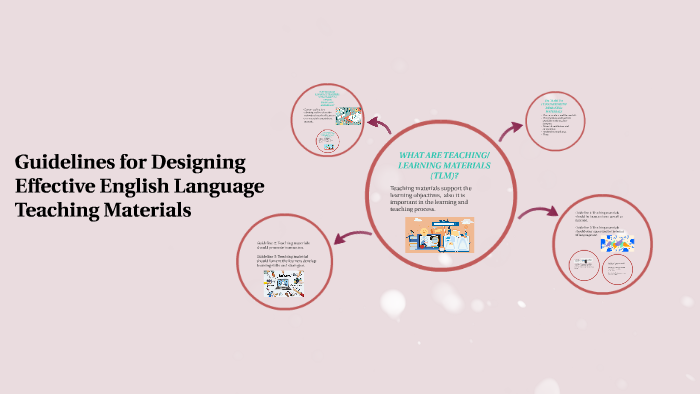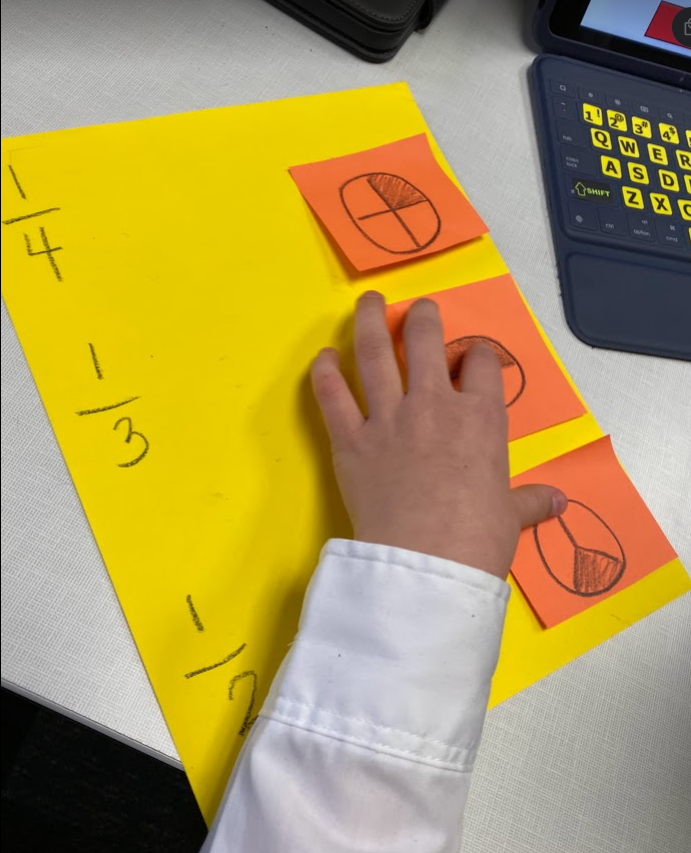Best Suggestions On Deciding On Italian Kindergarten Teaching Support
Wiki Article
What Kinds Of Educational And Informative Material Is Required In Kindergarten And Primary School?
Kindergarten and primary schools typically require a range of educational and information materials to support the development and learning of their students. Certain materials are required like: Curriculum materials - These are materials that are designed to help and improve the learning goals outlined in the school's curriculum. They can comprise workbooks, textbooks, lesson plans, and various other resources.
Classroom supplies - Supplies such as paper, pencils or pencils, glue, scissors and other art materials are required for kids to finish their assignments and other activities.
Technology for education. In this digital age technological advancements in education, like computers tablets and interactive whiteboards can be used to provide tools to students and help improve their learning.
Books- To help encourage language and reading development elementary schools and kindergartens require a wide selection of books with a suitable age.
Games, puzzles, and blocks are excellent for developing spatial awareness as well as problem-solving skills.
Visual aids. Charts and posters along with charts and maps can assist students remember and grasp important concepts.
Art and music materials Children can express themselves through art and music. Materials such as paints as well as instruments and clay are ideal for this.
Safety supplies are essential for students as well as staff's safety. This includes a first aid kit and fire extinguishers, as well as emergency plan posters.
In general, elementary and kindergarten schools require a wide range of educational and instructional materials that create a fun environment and a safe learning environment. Read the most popular sostegno scuola primaria for site recommendations.
What Maths Educational Cards Are Highly Recommended By Italian Schools?
Maths-related didactic cards are a great way to start youngsters in Italian nurseries to basic mathematical concepts. Maths didactics cards are available in a variety of forms. These cards may include illustrations of animals or objects that represent numbers. This can make the learning process more interesting.
Shape cards: Shape cards can be used to teach children names and characteristics for different shapes, such as circles, squares triangles, and rectangles. They may also contain illustrations of real-life objects that represent each shape.
Color cards: Color cards can assist children in learning the names of shades of colors and their associated shades. To make learning more enjoyable it is possible to include images of objects that have a dominant color.
Counting Cards: These cards aid children to learn the number 1-10. They can have illustrations of animals or objects that represent every number.
Time cards: These cards aid children to learn about the concept of time, the names of days of the week, as well as the months of the calendar. The cards could include illustrations of calendars or clocks to help enhance learning.
It is crucial to select Maths educational cards that are age appropriate fun, interactive, and engaging for toddlers. These cards let teachers and caregivers to design Maths-related activities that are fun and interactive, which will encourage the curiosity and interest of young kids. Check out the best materiale didattico matematica sostegno for more tips.

What Resources And Materials Are Needed In Italian Kindergartens To Teach Science?
The use of science-based teaching material in Italian nurseries can be a fantastic opportunity to get children to discover and explore the world in the world around them. Here are some examples of teaching materials for science help that could be required Plans for the curriculum and lesson A well-designed curriculum and lesson plans that incorporate scientific concepts will make sure that children are exposed to various scientific concepts and techniques.
Visual aids and manipulatives: Manipulatives such as magnifying glasses, nature specimens, and basic science kits, and visual aids such as charts and posters can aid students learn about scientific concepts in a an interactive and visual manner.
Books and videos. Videos or books on subjects like weather as well as space, animals and plants can engage children, while providing them with additional sources.
Outdoor learning spaces. Children can play in the natural environment in gardens, playgrounds and other outdoor learning spaces.
Parental involvement: Involving the parents in science education can help reinforce concepts that are taught in the nursery. This also promotes family involvement.
Assessment tools. These tools help teachers and caregivers track the progress of their students and pinpoint areas that need to be addressed.
It is vital that the tools used in science teaching are age-appropriate. The materials can be utilized by teachers and caregivers to develop engaging and interactive science-based activities that will stimulate children's curiosity. Take a look at the best sostegno scienze for website advice.

What Kinds Of Geography Resources Are Appropriate For Italian Kindergartens?
Teaching materials for geography in Italian nurseries can aid children acquire a greater understanding of the world around them and learn about the different cultures and settings. Here are a few examples of geography-related teaching materials that are recommended Maps: Maps help children understand the geography of various regions and countries, as well as the exact location of landmarks and natural landmarks.
Globes aid children in imagining the surface of the earth and also teach about continents and the oceans.
Videos and pictures. Videos and pictures of different places, cultures and individuals can teach kids a lot about the world.
Books: Age-appropriate and appropriate books with a variety of cultures and places will help children gain an interest in geography as well as a sense of curiosity about the world.
Natural materials. Materials such as shells and plants are ideal to help children understand ecosystems.
Field excursions: Field trips to local parks, zoos, or museums can provide children with engaging experiences that allow them to learn about geography in the real world.
It is vital to choose the right materials for teaching geography that are appropriate for children of all ages as well as culturally sensitive. Teachers and parents can utilize these materials to create engaging and interactive activities in geography which encourage children's curiosity and enthusiasm for learning about the world around them. Check out the top rated materiale didattico geografia sostegno for website examples.

